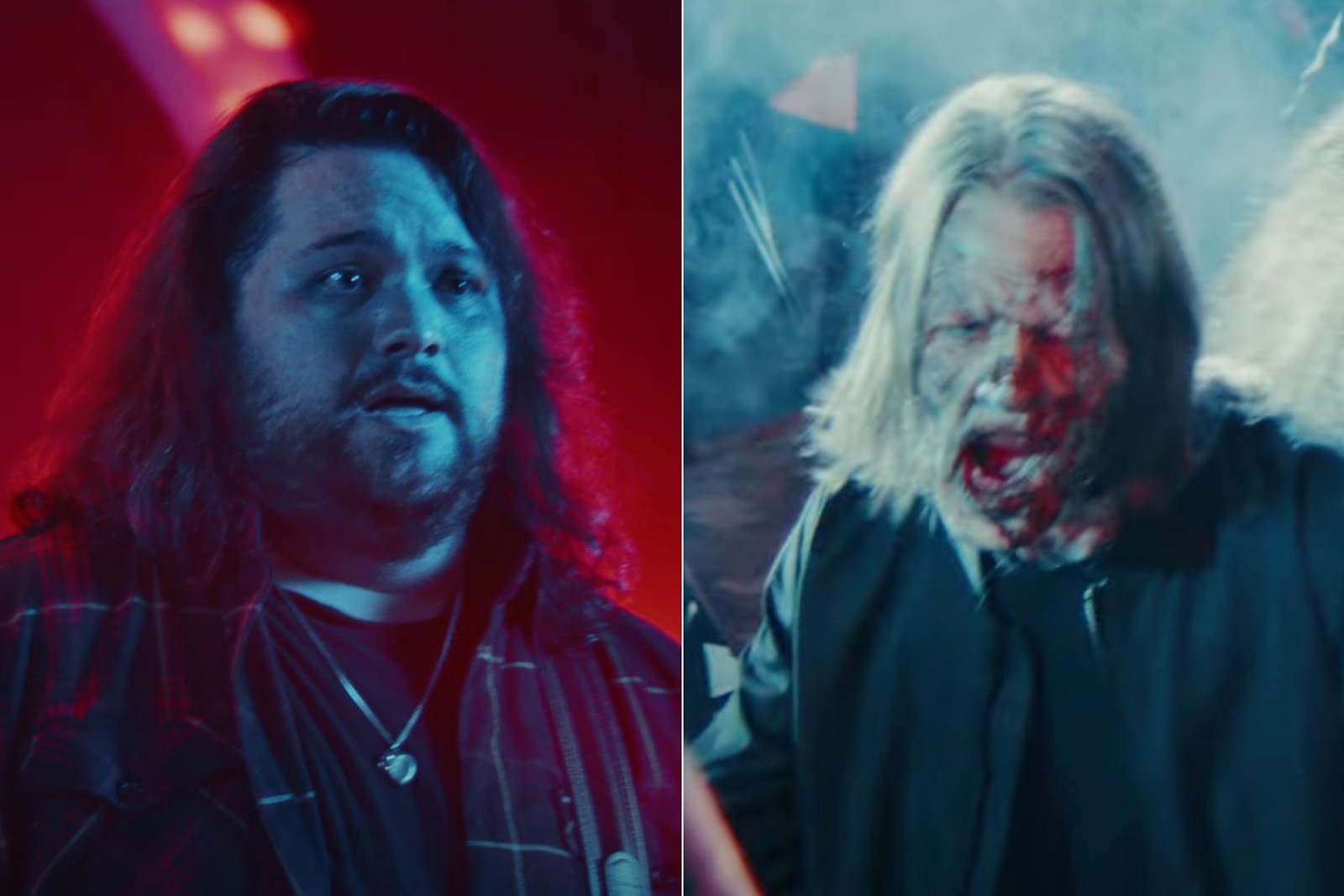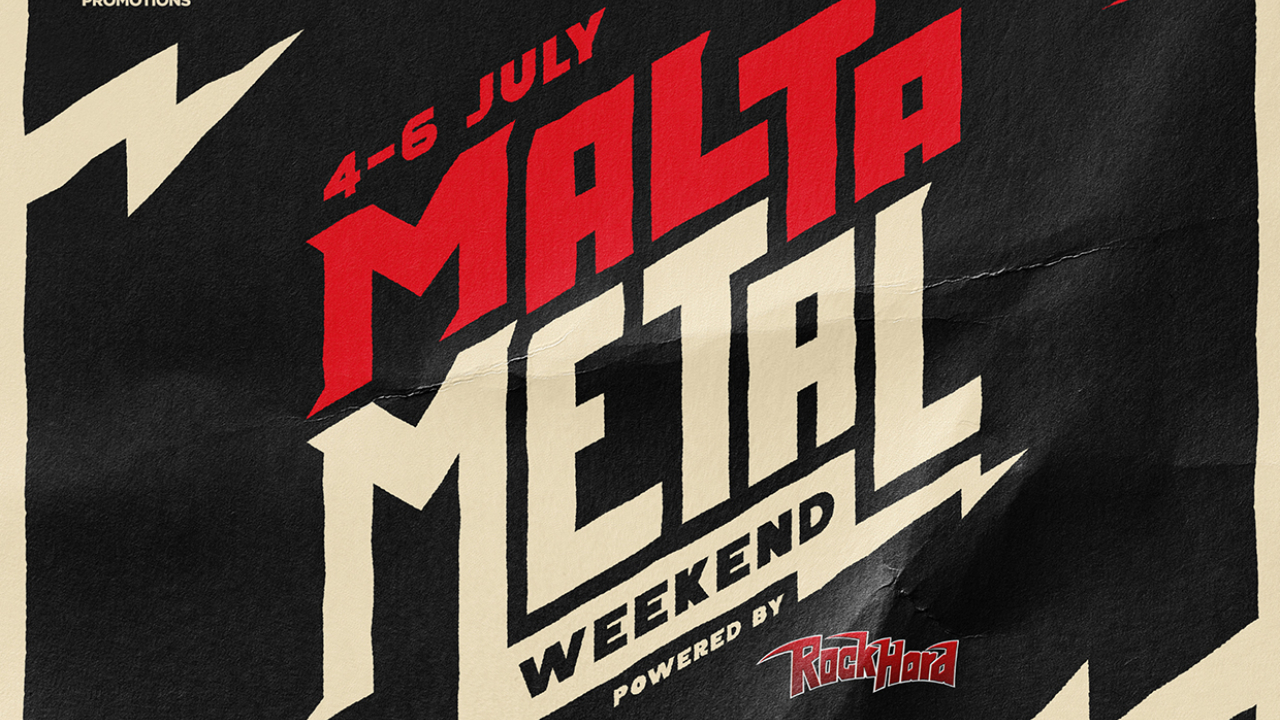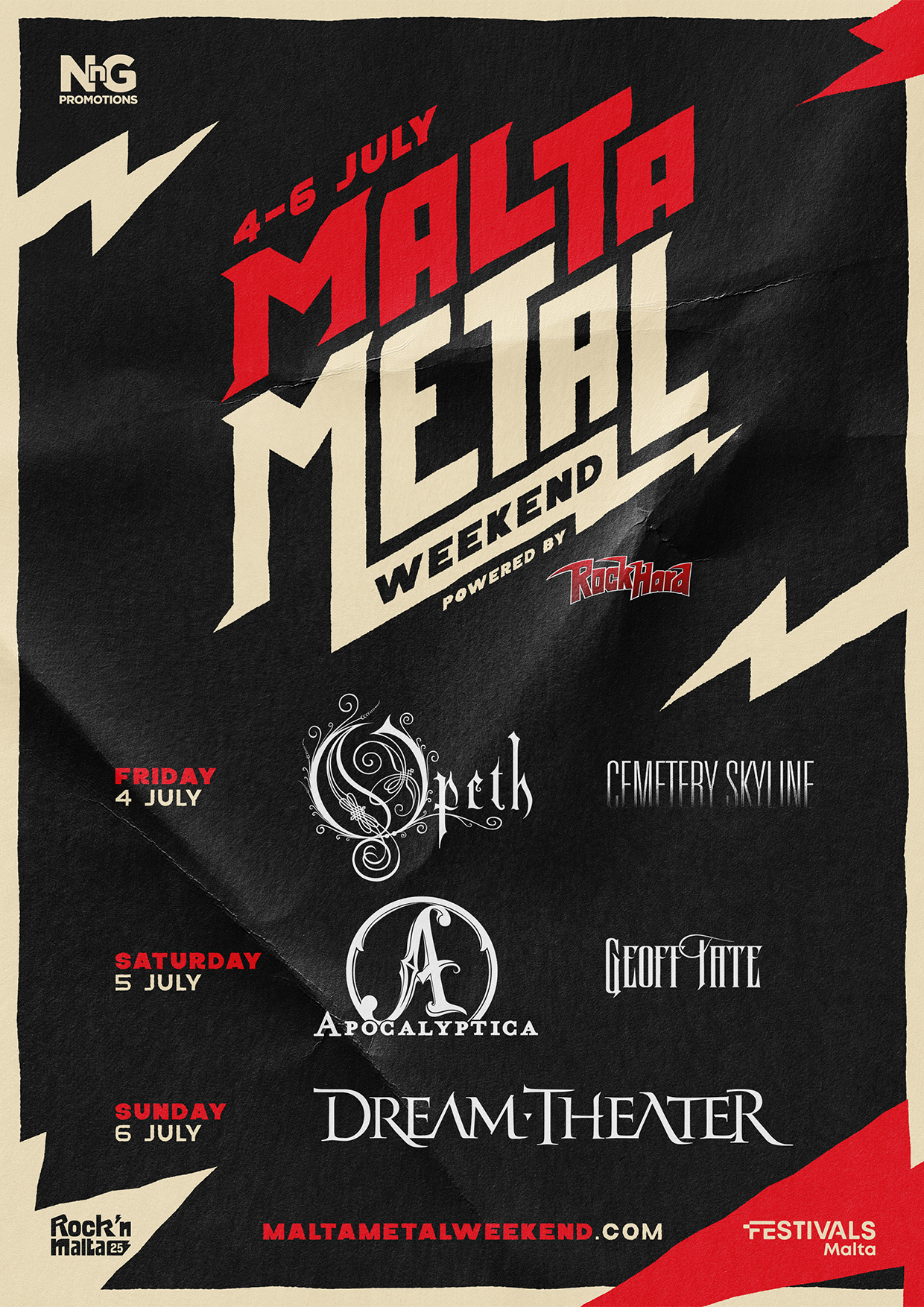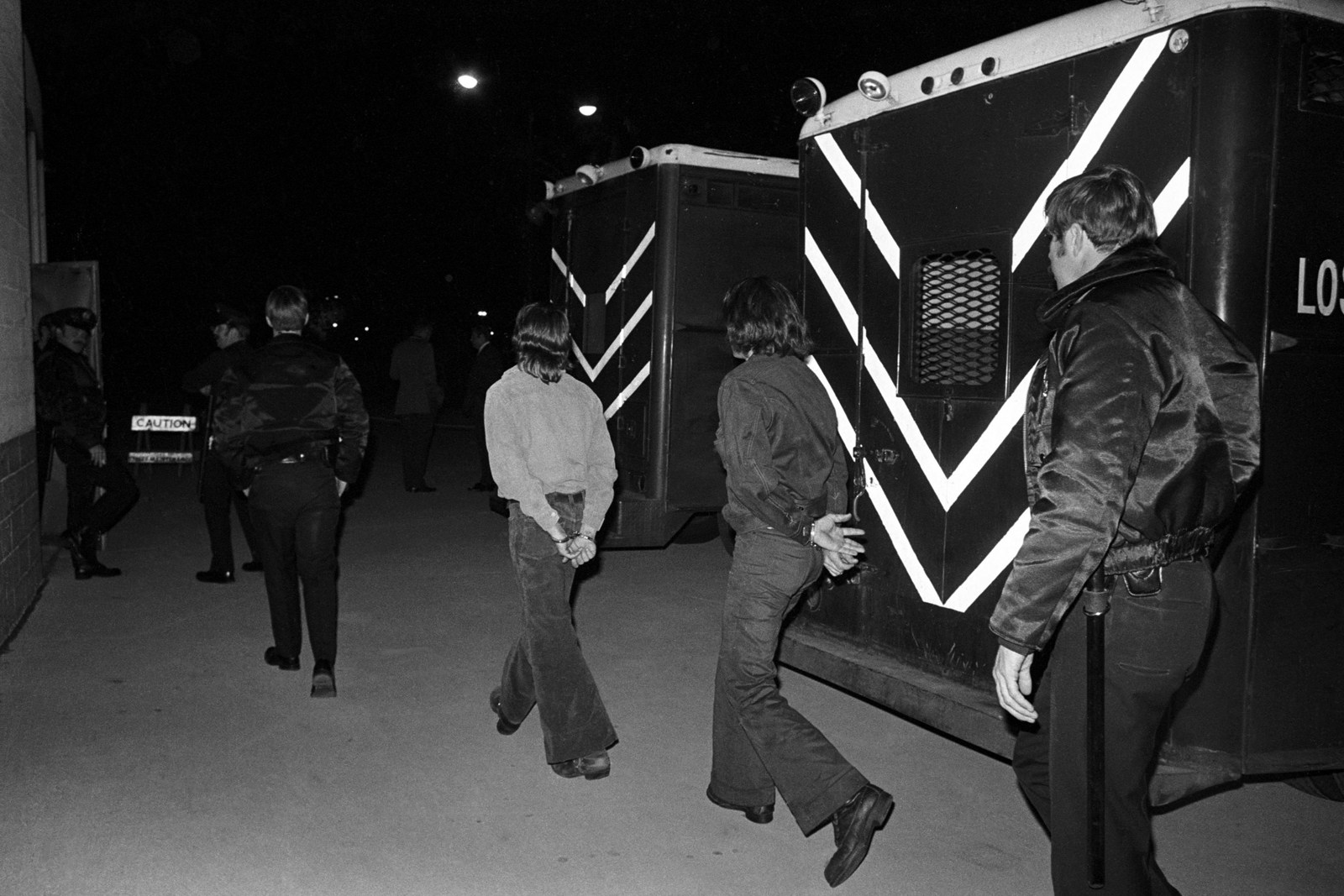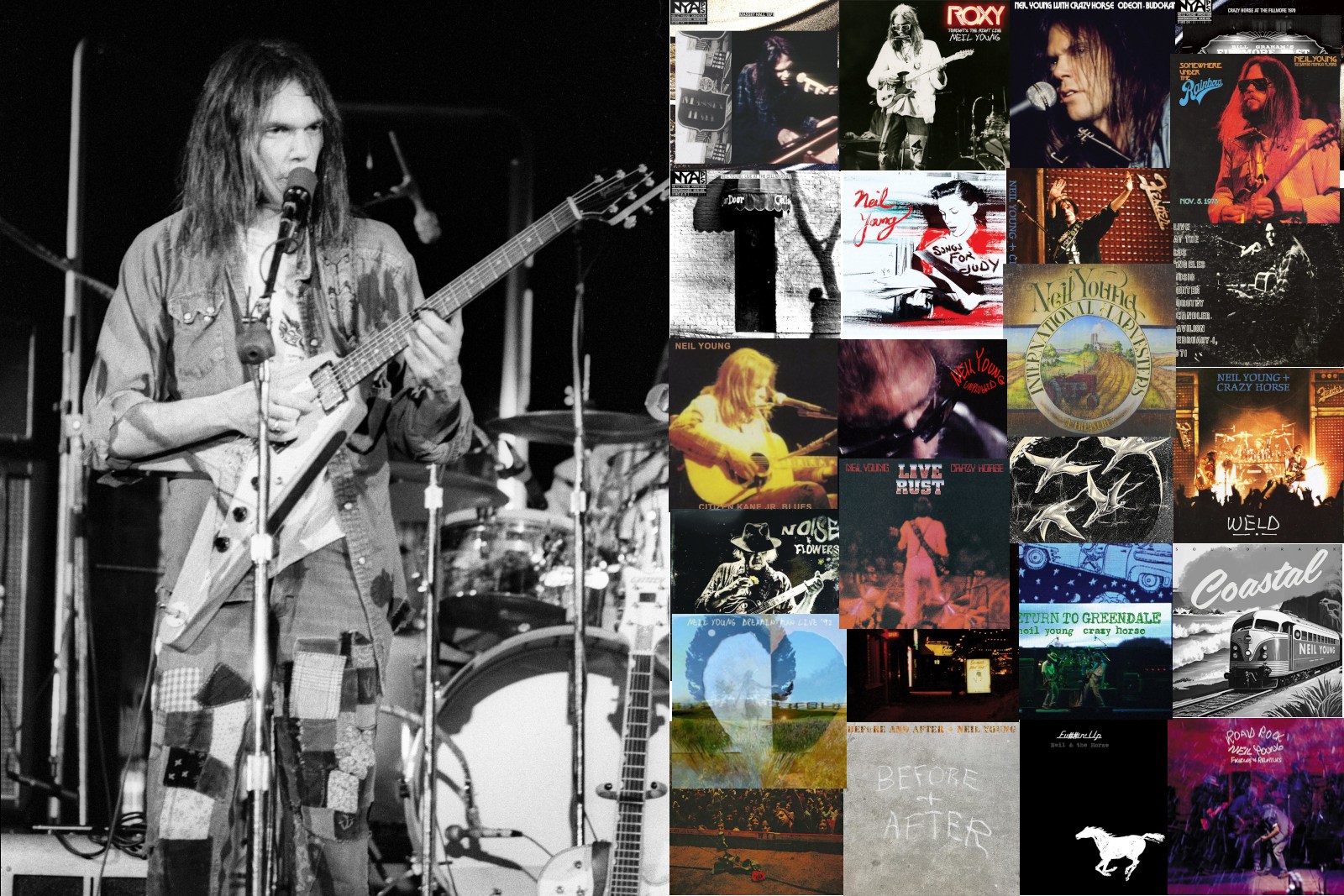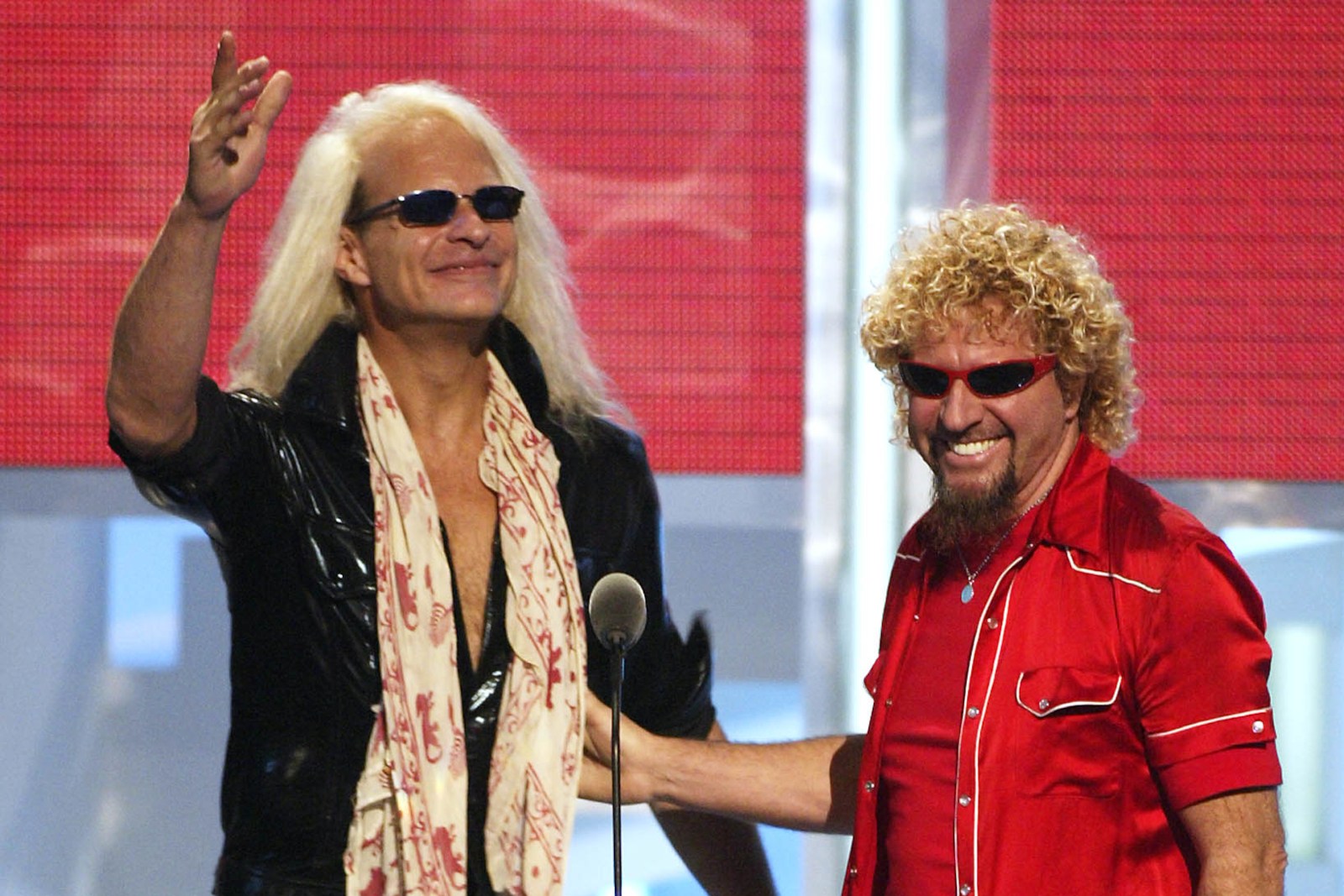Wolfgang Van Halen wasn’t counting on encountering zombies at a recent Mammoth gig.
But that’s exactly what happened when the guitarist/vocalist and his band received an invite to perform at a mysterious venue. While club owners can sometimes have certain demands, the circumstances with this particular show presented some challenges. “Do us a favor, don’t play loud,” the owner tells Van Halen. “Some of our customers are sensitive to loud noises.” There wiill be “no frickin’ solos,” he decrees. “You can play ballads. You know, something soft, nice.”
It’s just one humorous moment of many in the music video for “The End,” the latest single from Mammoth and the first offering from an eventual new album. Van Halen wrote the storyline with legendary director Robert Rodriguez, a dream opportunity which gave him a chance to pay tribute to Michael Jackson’s “Thriller” video and an intentional homage to Rodriguez’s 1996 action horror film, From Dusk till Dawn. Fans will also spot a number of cameos, including Slash and Van Halen’s mother, Valerie Bertinelli.
Watch Mammoth’s ‘The End’ Video
“I always had it in the back of my mind that if we ever did a video with Robert, I would want to do a light homage to From Dusk till Dawn,” he tells UCR. “That’s where the whole concept of a bar with zombies, vampires and stuff like that came from. Even Danny Trejo being the owner, there’s a little Easter egg there, since he’s the bartender and the titty twister in From Dusk till Dawn. It was Robert’s idea to tie the whole thing to the previous videos with the Wolfies who hate me. That was his idea, which is really, really funny to me. Gordy [De St. Jeor], who did the other videos with us, he was involved too. It was just a happy family working on this insane thing for two days.”
READ MORE: See the Cast of ‘From Dusk till Dawn
Rodriguez, as it turns out, is a fan of Van Halen and his band and met up with them after attending a concert in Austin. Having the Wolfies connecting the clip for “The End” back to the previous Mammoth videos for songs like “Don’t Back Down” and “Another Celebration at the End of the World,” is something that’s particularly pleasing to Wolfgang. “We’ve got our own Mammoth Cinematic Universe going on,” he laughs.
Watch Mammoth’s ‘Another Celebration at the End of the World’ Video
It’s Just Mammoth Now
Attentive fans will notice that with the arrival of “The End,” Van Halen has officially dropped the “WVH” from the band’s name and it’s simply “Mammoth,” moving forward. “We got the trademark eventually, which is what I wanted it to be from the beginning,” he explains. “I wanted it to be that direct homage to my dad, something that would be personal, but something that I can take in my own direction. We’ve been out there working and we’re finally able to do it. I liken it to how Ghost was Ghost B.C. for a bit before they became Ghost, with the copyright stuff. It’s fun to finally [have that]. You know, at every show, I say, ‘Hey, we’re Mammoth,’ so now it’s just fun to officially be living it.”
How ‘The End’ Came Together
When Van Halen started working on songs for the third Mammoth album, the concept for what became “The End” was something that had been hanging out in his memory banks for a good while. “It was actually an idea I had a while ago that I always just felt was too much for me, considering the centerpiece of it is the solo over the top tapping thing,” he explains. “I went back to it when I was going through old ideas and I was like, ‘What feels good that I haven’t really taken advantage of?’ Now that I’m a bit better from the last few years at writing, I wanted to see if there was anything I’d missed. I got back to that and was like ‘Wow, it would be really fun to try and palletize this idea and make it more comfortable instead of it being so jarring.”
“I think it’s important for me to evolve and take more chances,” he continues. “This time around, throughout the creative process, I think I’ve been uncomfortable and I found that to be a good thing in hindsight. If I’m unsure and a little uncomfortable doing it, it means I’m doing something that I wouldn’t normally do and I’m in a new area. I’ve been feeling that a lot.”
Mammoth will be on the road throughout the year, including more dates this summer with Creed, 3 Doors Down, Daughtry and Big Wreck. Additionally, the band just announced their own fall headlining tour. The End outing will feature support from longtime friend Myles Kennedy.

